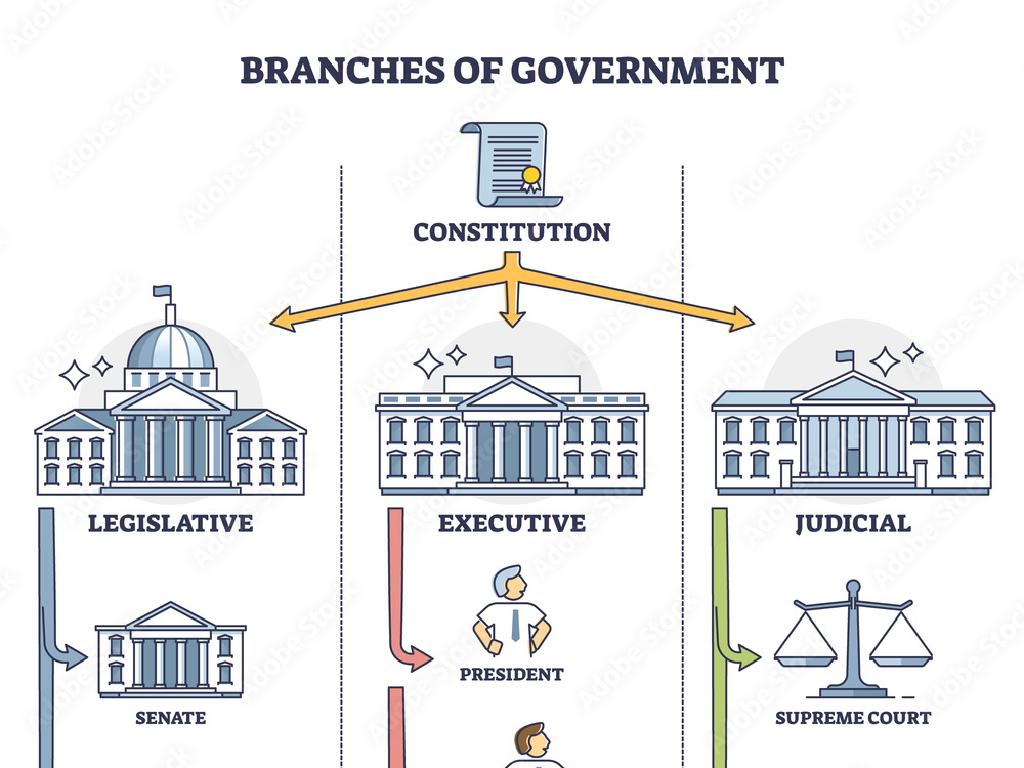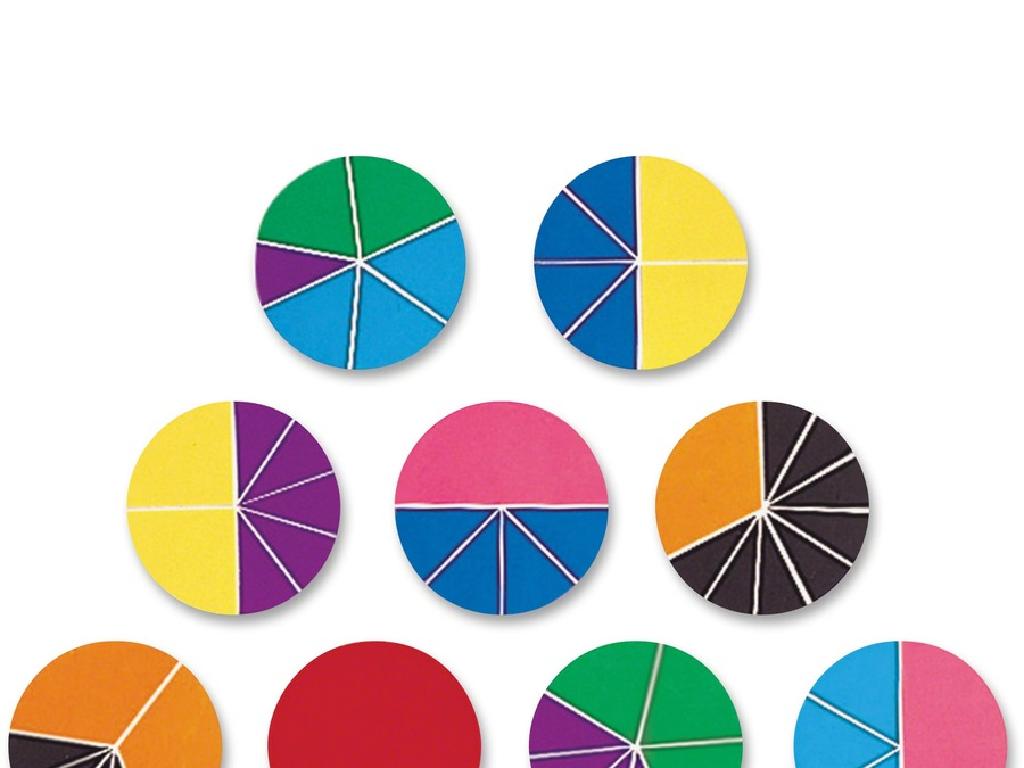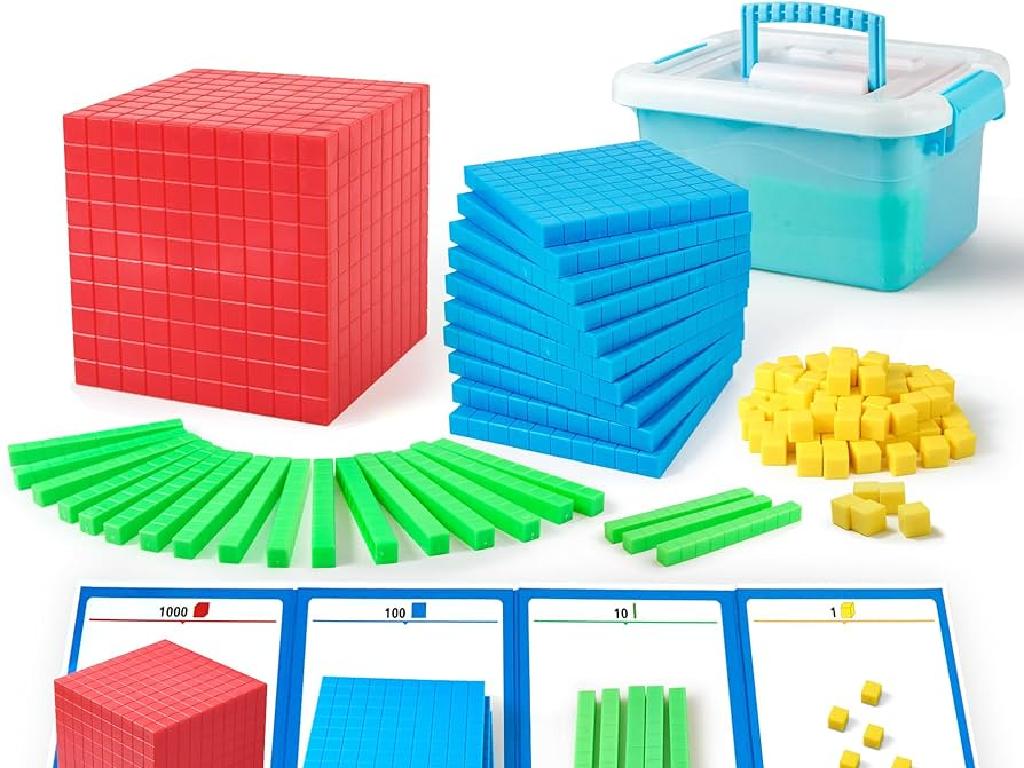Complete The Decimal Addition Or Subtraction Sentence
Subject: Math
Grade: Fifth grade
Topic: Add And Subtract Decimals
Please LOG IN to download the presentation. Access is available to registered users only.
View More Content
Introduction to Decimals
– Reviewing the concept of decimals
– Decimals represent parts of a whole, like 0.5 is half
– Decimals in everyday life
– Used in money, measurements, and more
– Recap of decimal place values
– Places to the right of the decimal show tenths, hundredths, etc.
– Understanding decimal addition/subtraction
– Adding or subtracting just like whole numbers, align the decimals
|
This slide is aimed at refreshing the students’ understanding of decimals before moving on to addition and subtraction of decimals. Start by explaining what decimals are and how they represent fractions of a whole. Highlight the relevance of decimals in real-life scenarios such as money and measurements to make the concept relatable. Review the place value system for decimals, emphasizing the importance of the position of each digit. Conclude with a brief introduction to adding and subtracting decimals, setting the stage for more detailed lessons to follow. Ensure students are comfortable with these concepts before proceeding.
Adding Decimals Step by Step
– Align decimal points vertically
– Add numbers column by column
– Example: 0.75 + 1.2
– Stack 0.75 and 1.20, align decimals, add to get 1.95
– Practice: Solve 0.75 + 1.2
– Use the example method to find the sum
|
When adding decimals, it’s crucial for students to align the decimal points to ensure accurate addition. Start by demonstrating with simple examples, showing how to write numbers one under the other with decimals lined up. Move on to a step-by-step guide on adding each column, starting from the rightmost digit. Use the example 0.75 + 1.2 to illustrate the process, emphasizing the importance of adding a zero to 1.2 to make it 1.20 for easier alignment. For the practice problem, encourage students to apply the same method and check their work by estimating the sum. This slide aims to solidify the concept of decimal addition through clear examples and hands-on practice.
Subtracting Decimals
– Rules for decimal subtraction
– Line up the decimals, subtract like whole numbers, and place the decimal in the answer directly below the others.
– Step-by-step example
– Example: 3.6 – 1.4. First, align the decimals, then subtract 1.4 from 3.6 to get 2.2.
– Practice: 2.5 – 0.9
– Let’s solve 2.5 minus 0.9 together. What is the answer?
|
This slide introduces the concept of subtracting decimals, which is a key skill in fifth-grade math. Start by explaining the rules for decimal subtraction, emphasizing the importance of aligning the decimal points. Provide a clear, step-by-step example on the board, such as subtracting 1.4 from 3.6, to demonstrate the process. Then, present the practice problem 2.5 – 0.9 and solve it as a class. Encourage students to follow along and solve it on their own, ensuring they understand each step. After solving, discuss any questions or difficulties they may have encountered. This interactive approach helps solidify their understanding of decimal subtraction.
Completing Decimal Sentences
– Understand the ‘missing piece’
– Use addition or subtraction
– Example: 3.4 + ___ = 4.9
– Fill in the blank to make the equation true
– Find the missing number
– Subtract 3.4 from 4.9 to find the missing addend
|
This slide introduces the concept of completing decimal sentences by finding the ‘missing piece’ or the unknown number in an addition or subtraction equation. Students should understand that to find the missing number, they need to determine whether to add or subtract. In the given example, 3.4 + ___ = 4.9, students should subtract 3.4 from 4.9 to find the missing addend. This exercise helps students practice their decimal addition and subtraction skills and enhances their problem-solving abilities. Encourage students to use the inverse operation to find the missing number and remind them to align the decimal points correctly when performing the calculations.
Let’s Practice Together: Decimal Operations
– Work on decimal problems in pairs
– Each pair solves guided practice problems
– Practice adding and subtracting decimals
– Share solutions with the class
– Compare answers with other pairs
– Discuss different methods used
– Explore various strategies for solving
|
This slide introduces a class activity focused on decimal addition and subtraction. Students will be paired up to encourage collaborative learning and problem-solving. Provide a set of practice problems that involve adding and subtracting decimals. After working through the problems, pairs will share their answers with the class, fostering a discussion on the different methods used to arrive at the solutions. This activity aims to reinforce the students’ understanding of decimal operations and to highlight the importance of clear communication in mathematics. As a teacher, circulate the room to offer guidance and ensure that each pair is on track. Possible activities for different pairs could include solving for sums, differences, or a mix of both, and using word problems to apply their skills in practical scenarios.
Independent Practice: Mastering Decimals
– Complete worksheet problems
– Finish the decimal sentences
– Add or subtract decimals to fill in the blanks
– Tackle the challenge problem
– Extra problem for those who finish early
– Review and check your work
– Ensure accuracy in your calculations
|
This slide is aimed at guiding students through independent practice with decimal addition and subtraction. Provide a worksheet with a range of problems to cater to different skill levels. Encourage students to carefully complete each decimal sentence, focusing on proper alignment of decimal points and correct operation use. For students who finish early, offer a challenge problem to extend their learning. Emphasize the importance of reviewing and double-checking their work to catch any mistakes and reinforce the concept of accuracy in math. Possible activities for early finishers include creating their own decimal problems, helping peers, or exploring decimal applications in real life.
Review and Reflect: Decimal Operations
– Review answers as a class
– Discuss common errors
– For example, misaligning decimal points
– Strategies to avoid mistakes
– Double-check decimals; practice aligning numbers
– Reflect on today’s learning
|
This slide aims to consolidate the day’s learning on adding and subtracting decimals. Start by going over the answers to the day’s exercises as a class, ensuring that students understand each step. Highlight and discuss any common mistakes made, such as misaligning decimal points or incorrect borrowing and carrying over in subtraction. Share strategies to avoid these errors, like always lining up the decimal points and checking work by estimating. Encourage students to reflect on their understanding and progress, asking them to think about what concepts have become clearer and which they might need more practice with. This reflection helps students internalize the lessons and recognize their own learning journey.
Class Activity: Decimal Bingo!
– Receive your unique Bingo card
– Solve decimal problems on the card
– Use addition or subtraction to find the correct decimals
– Match answers to Bingo grid
– Each correct answer corresponds to a spot on the card
– Aim to complete a row first
– Shout ‘Decimal Bingo!’ when you complete a row
|
This interactive class activity is designed to help students practice decimal addition and subtraction in a fun and engaging way. Distribute unique Bingo cards to each student, each filled with different decimal problems. Students will solve these problems and then match their answers to the numbers on their Bingo cards. The first student to complete a row, column, or diagonal should yell ‘Decimal Bingo!’ to win. As a teacher, you can prepare several variations of the Bingo cards to ensure a wide range of problems. Be ready to assist students who may struggle with certain problems and encourage peer support. This activity not only reinforces decimal operations but also promotes active participation and excitement in the classroom.






